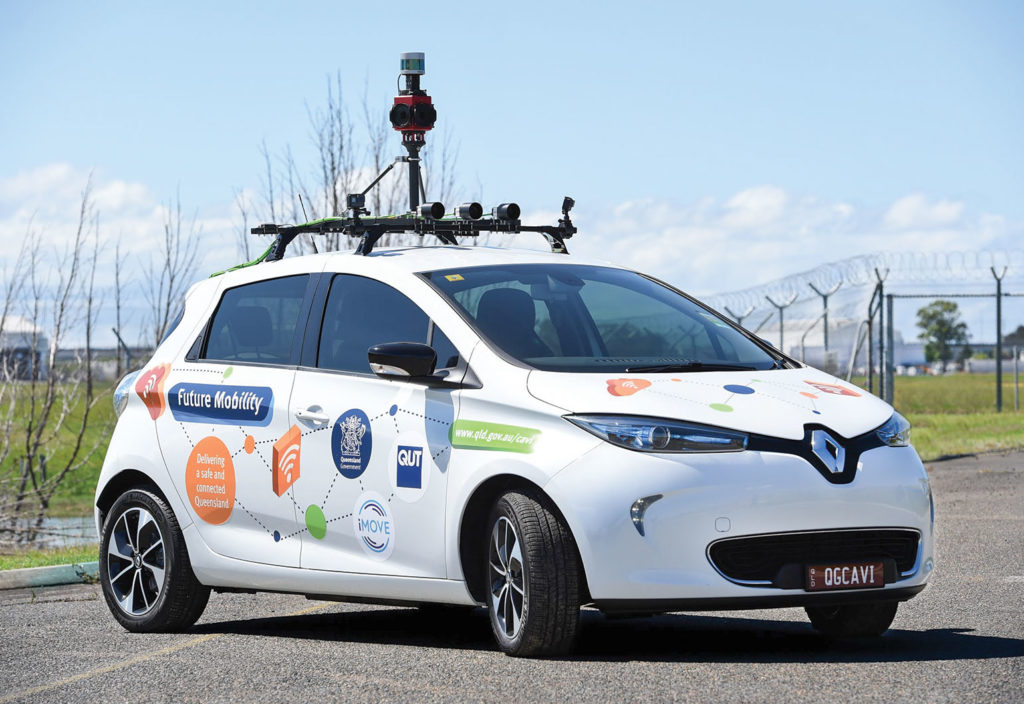To design better autonomous vehicles, engineers are taking an artificial intelligence on a road trip.
Researchers from Queensland University of Technology (QUT) are taking their research out of the lab to assess whether autonomous cars are smart enough to navigate roads in Australia.
The project is being led by Professor Michael Milford with a team of researchers from the Australian Centre for Robotic Vision and QUT engineers.
It forms part of the Cooperative and Highly Automated Driving (CHAD) Pilot run in partnership with the Queensland Department of Transport and iMOVE Cooperative Research Centre.
It involves a driver taking an electric Renault equipped with cameras, a GPS system, LIDAR sensors and computers on a three-month, 1200 km road trip around Southeast Queensland, covering a range of road and driving conditions.
While the car won’t be autonomous, Milford said a current problem with autonomous vehicles is that they don’t drive as well as humans in all conditions.
The project will monitor the artificial intelligence (AI) and determine if it could perform the same as a human driver in all types of conditions.
This will involve the team assessing data each day over four areas: lane markings, traffic lights, street signs and how to determine a vehicle’s exact position.
“The algorithms that we ended up choosing are primarily based on modern artificial intelligence techniques like deep learning,” Milford said.
“One of the things that’s really revolutionised artificial intelligence over the last five or 10 years is that deep learning has become feasible and is now much better than pretty much all other traditional artificial intelligence techniques.”
The goal of the research, which is expected to run for 12 months, is to understand how AI performs and locate potential improvements to the technology and physical infrastructure.
“In Australia, we don’t deal with such ridiculously large budgets as they have overseas at some companies, which have billions of dollars of funding,” Milford said.
“So we’ve had to use a lot of ingenuity and good old Aussie know-how to try and do what people do overseas, but with a smaller budget.”
Inhuman error
One example of how an autonomous car might deal with anomalies in road markings was found in Milford’s initial testing when an autonomous car came across a long, perfectly straight streak on the road for hundreds of metres. The system assessed the line as a lane marker.
“To a human, to be honest, it looks like a lane marker, but we know it isn’t because it’s in the wrong place.” Milford said.
“Other things are … if you’ve got a little sort of gutter or divot running lengthwise along the road and there’s water in it and it reflects the sunlight in just the right way, it can look like a lane marker.”
This article originally appeared as “Street test” in the July issue of create magazine.
